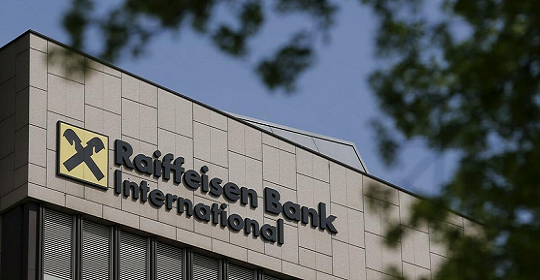Over the past week, an increase in wheat prices has been noticeable almost throughout the country. Experts attribute this to the fact that the ruble is becoming more expensive against the dollar.
Wheat with a protein of 12.5% has risen in price in deep-sea ports by 900 rubles per ton in just a week, to 16,000.
In shallow water, the price increase is even more significant — by 1000 rubles, up to 145 thousand.
It is noteworthy that a year ago the prices were lower: 14.4 thousand and 13.5 thousand, respectively.
At the same time, the rise in price applies not only to export supplies, but also to domestic prices in the Russian Federation.
For example, in the southern regions of Russia the increase in prices amounted to 700 rubles, up to approximately 14.2 thousand rubles per ton.
In the Volga region the rise in price is less noticeable: by 650 rubles, up to 11.2 thousand per ton.
In the Center it is even less: +200 rubles, up to 10.4 thousand per ton.
As experts explain, the growth of quotations is due to the fact that domestic prices are “pulled up” by export prices, which are directly affected by the ruble exchange rate, because they are denominated in dollars.
Accordingly, the more expensive the dollar, the more each ton of wheat costs in rubles.
Wheat price increase is beneficial for farmers?
On the one hand, all exporters receive more revenue when the ruble exchange rate is minimal.
At the same time, Russia is actively increasing supplies to foreign markets. For example, last season, exports amounted to almost 50 million tons of wheat.
Moreover, almost all the main buyers significantly, sometimes even multiple, increased the volume of deliveries.
For example, Turkey — by 34%, Egypt — by 61%, Saudi Arabia — by 2.7 times, Algeria — by 4.2 times.
In addition, the drought in Argentina affected the fact that Russian wheat went to the American continent.
Brazil increased supplies by 25 times, Mexico — by 12 times.
But on the other hand, the Russian government has still not abolished the export duty, which prevents exporters — and hence producers — from receiving more than the minimum income.
Despite the fact that the duty was recently reduced, but in parallel with this, there was a decrease in wheat prices, so in the end the conditions remained almost the same.
Despite all this, so far Russia maintains high export rates.
For example, the export of wheat in June was at the level of 3.76 million tons, and this is a record value over the past few years.
Moreover, there are forecasts that in July the export rates will remain approximately at the same level, which will allow Russia to consolidate its positions in the international grain market.

